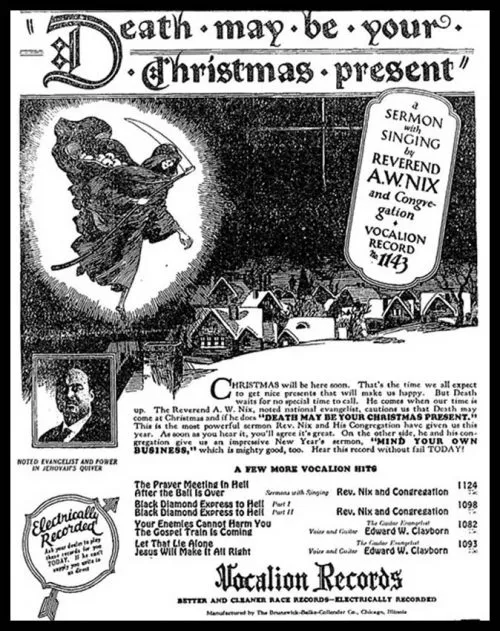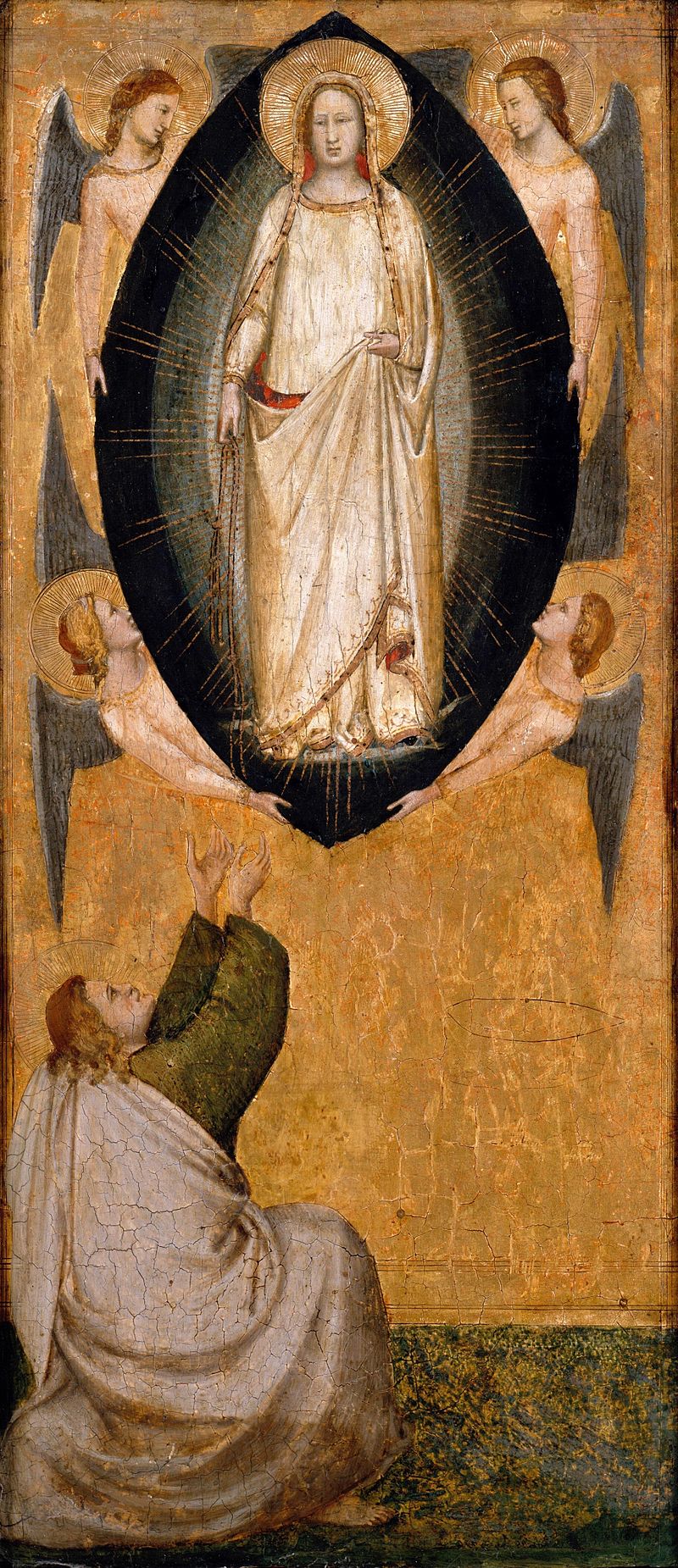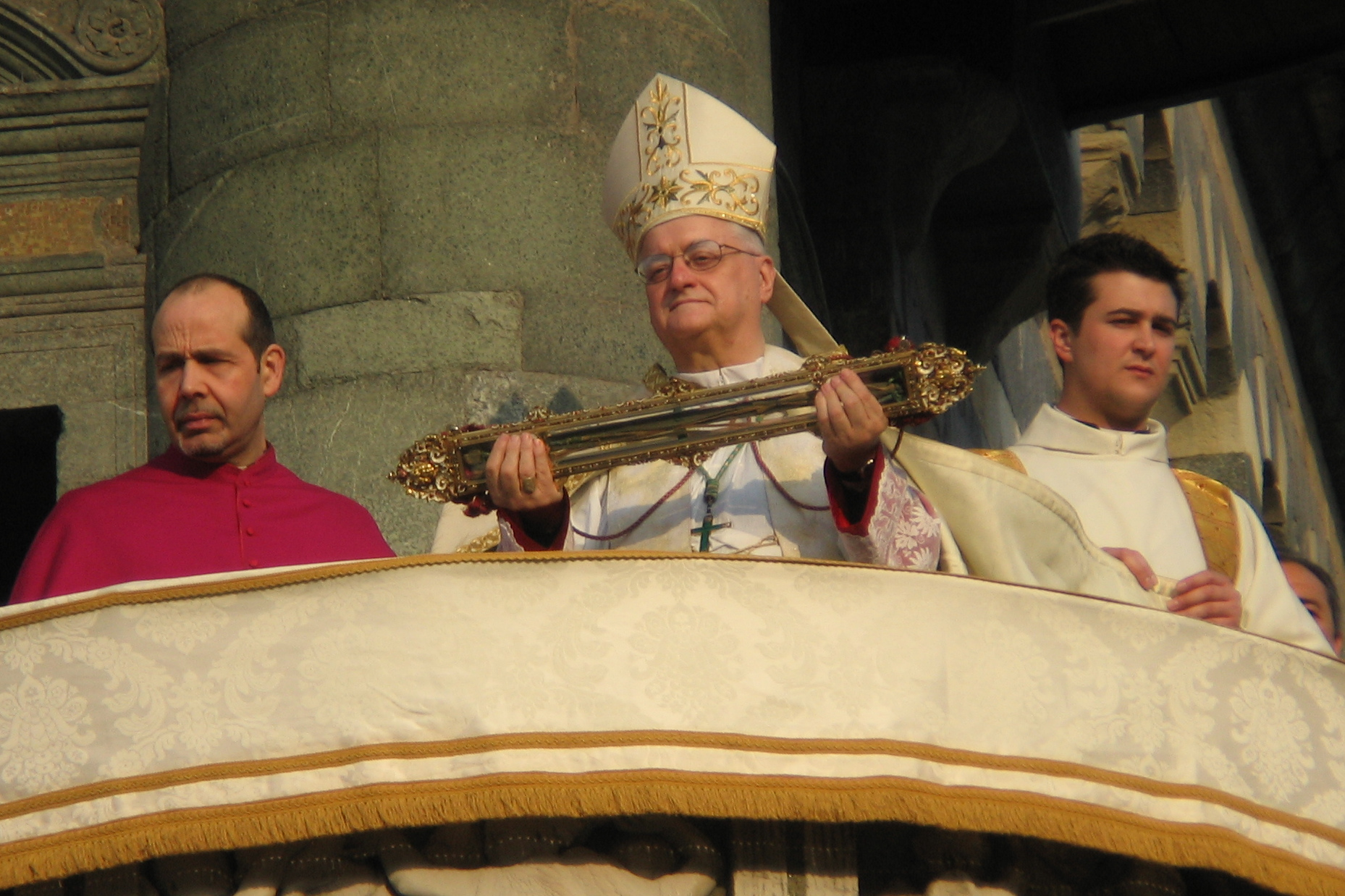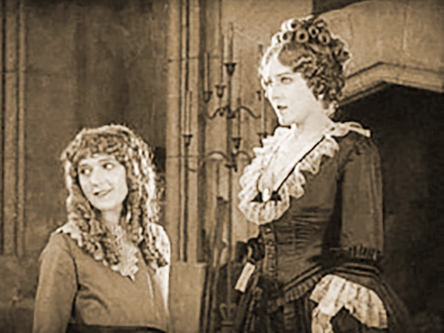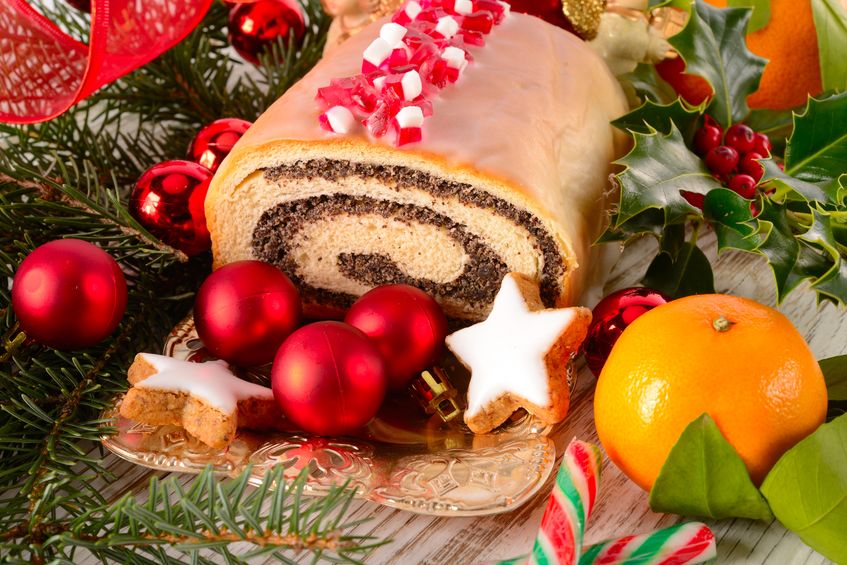This song is a carol celebrating the Twelve Days of Christmas by using the numbers to set forth Christian doctrine — a dial here means a compass, or guide. It first appeared in an almanac of 1625 but may be much older. The song “Green Grow the Rushes” may have been based on “A New Dial”.
What are they that are but one?
What are they that are but one?
We have one God alone In heaven above sits on His throne:
Chorus: In those twelve days let us be glad : / For God of His power hath all things made.
What are they which are by two?
Two testaments, the old and new, We do acknowledge to be true:
What are they which are but three?
Three persons in the Trinity Which make one God in unity:
What are they which are but four?
Four sweet Evangelists there are, Christ’s birth, life, death which do declare:
What are they which are but five?
Five senses, like five kings, maintain In every man several reign:
What are they which are but six?
Six days to labor is not wrong, For God himself did work so long:
What are they which are but seven?
Seven liberal arts hath God sent down With divine skill man’s soul to crown:
What are they which are but eight?
Eight Beatitudes are there given Use them right and go to heaven:
What are they which are but nine?
Nine Muses, like the heaven’s nine spheres, With sacred tunes entice our ears:
What are they which are but ten?
Ten statutes God to Moses gave Which, kept or broke, do spill or save:
What are they which are but eleven?
Eleven thousand virgins did partake And suffered death for Jesus’ sake:
What are they which are but twelve?
Twelve are attending on God’s son; Twelve make our creed.
The Dial’s done:
